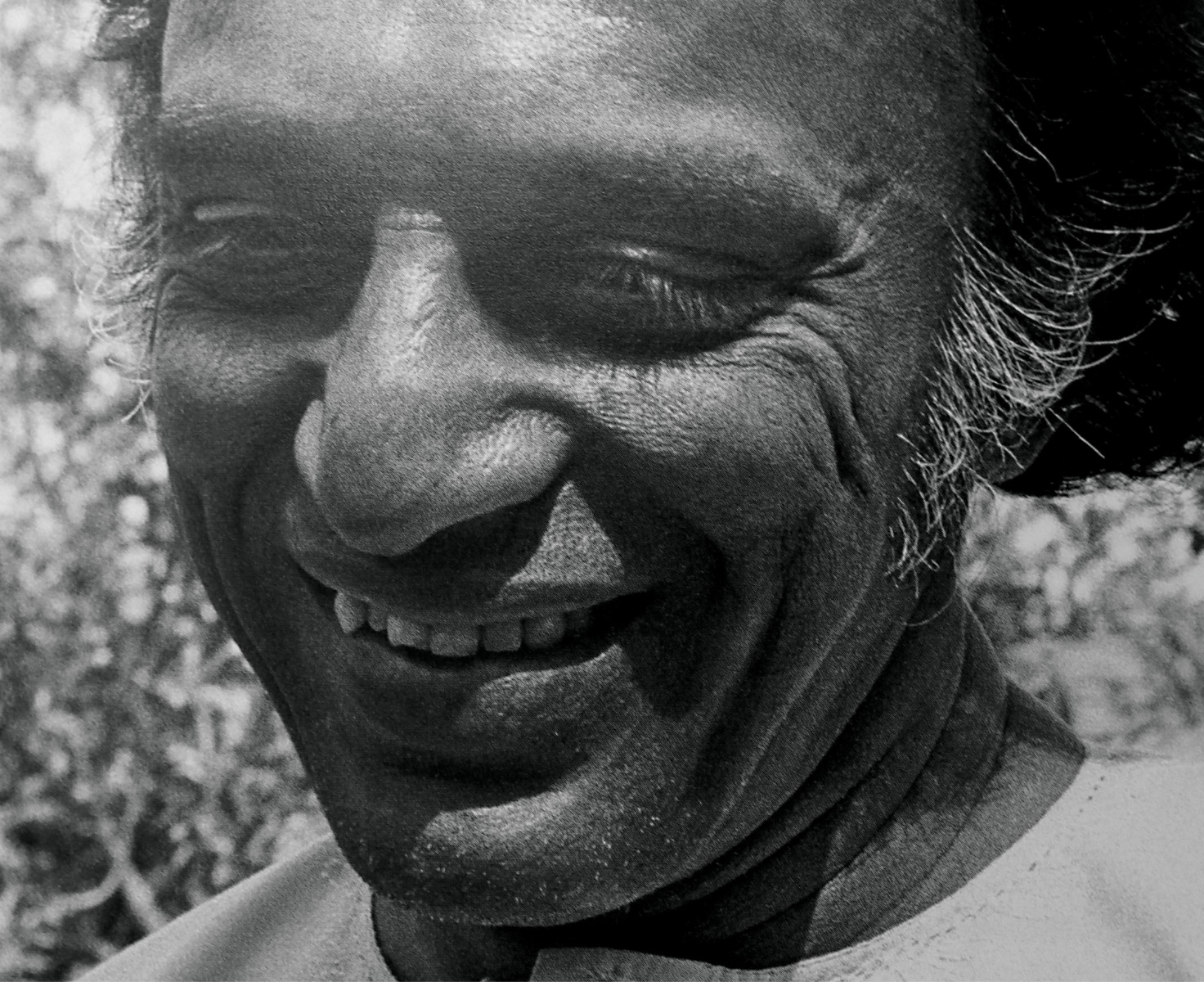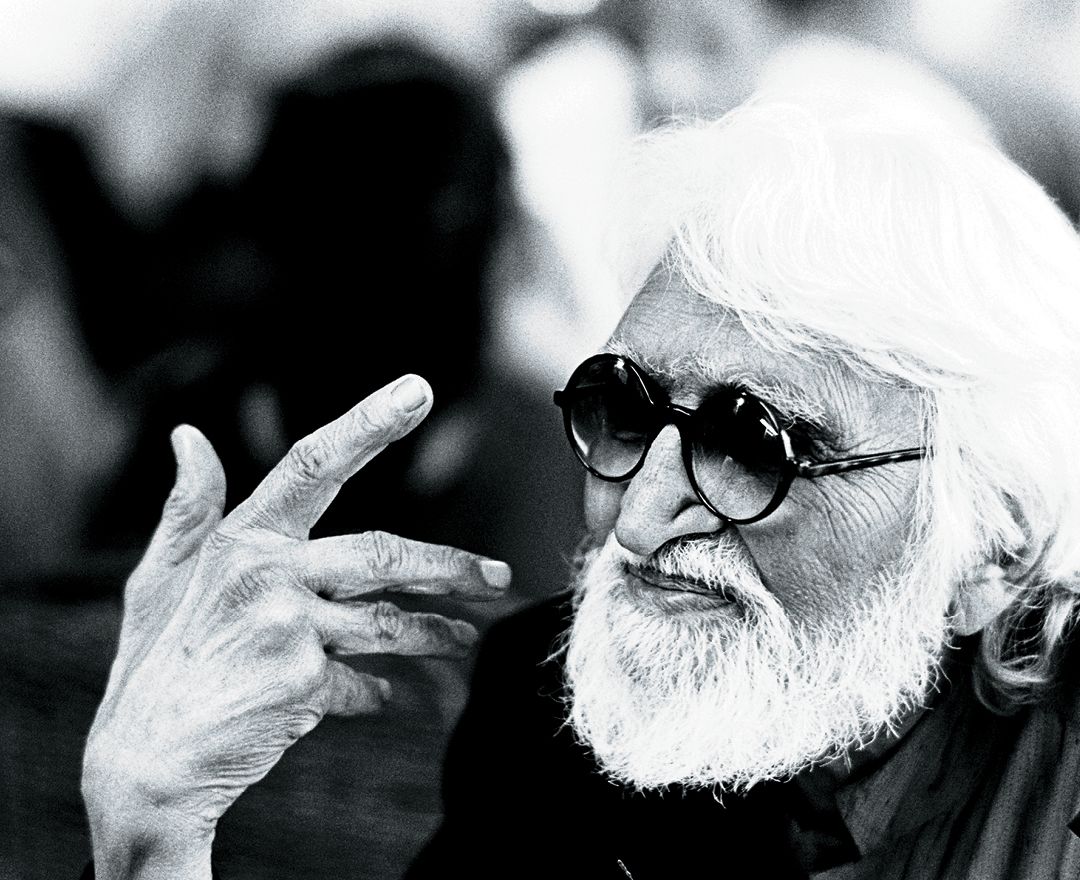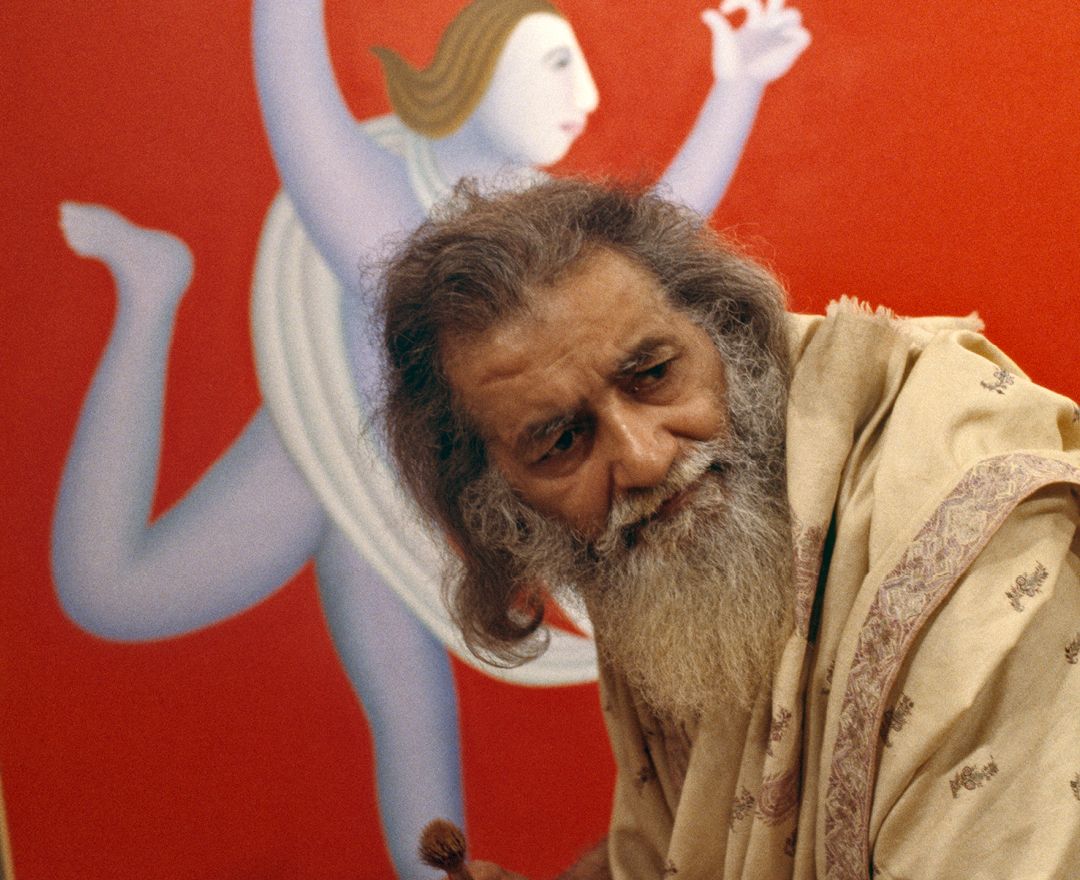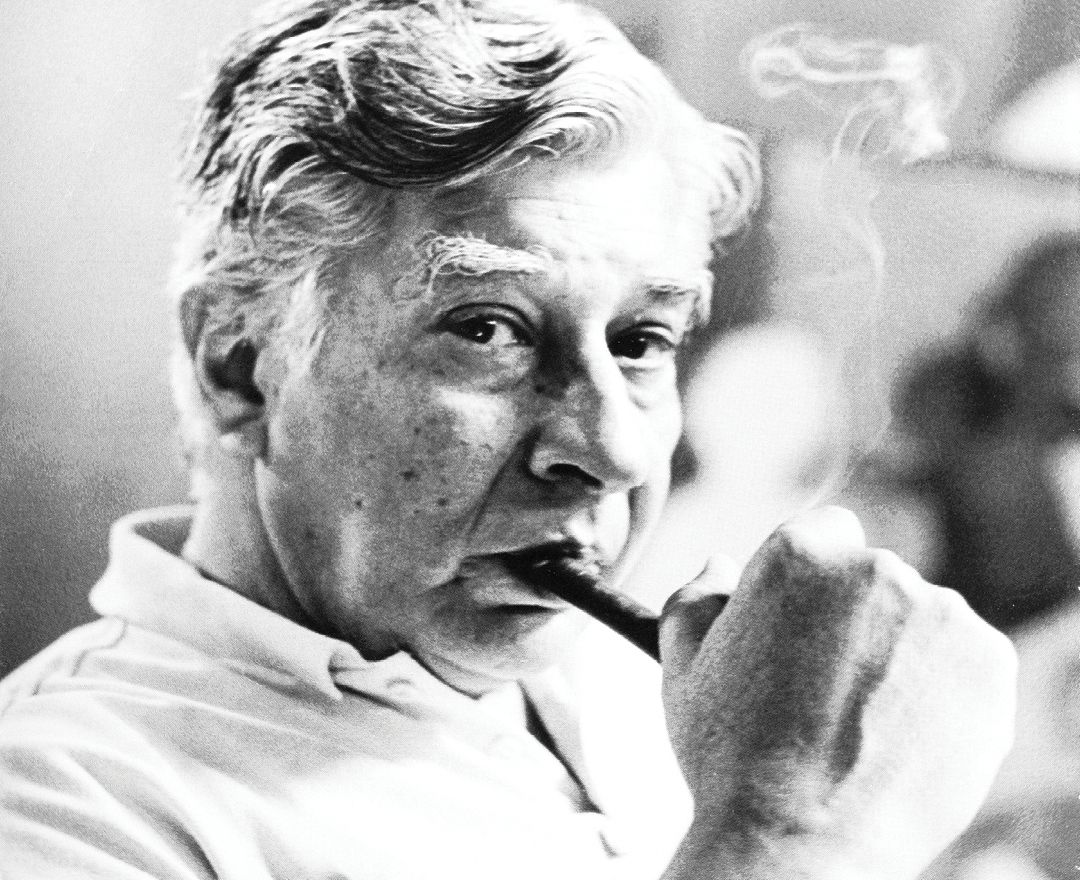1925
Born on July 26 in Kapadvanj, Gujarat. Grows up in the Crawford
Market neighbourhood of Bombay.
1947
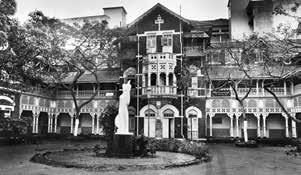
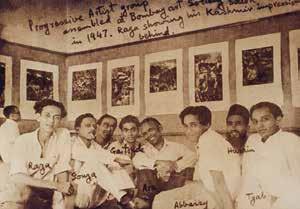
With encouragement from noted art director A. A. Majid, Mehta joins
a course in painting at Sir J. J. School of Art, Bombay. Through S. H. Raza, he meets the artists of the Progressive Artists’ Group. He becomes an associate member of the group.
1950
Receives an award from the Bombay Art Society.
1951
Marries Sakina Kagalwala, his first cousin.
1952
Receives his diploma in painting from Sir J. J. School of Art.
1953-54
Looks after the family business from Poona.
1954
Goes to Paris and London for four months to study the works of
classical and modern masters. Irish-born British artist Francis Bacon
becomes a major influence in Mehta’s work—the notable overlaps
being themes of human angst and anguish represented with grotesque
imagery.
1956
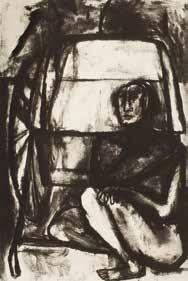
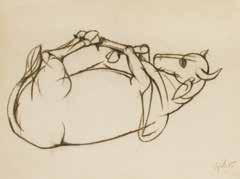
Known already for his significant series, Rickshaw Pullers, inspired
by images from his childhood summers spent visiting his maternal
grandmother in Calcutta, Mehta executes his major work, Trussed
Bull, drawing from memories of having seen the slaughter of the
animal. This becomes a theme that he returns to time and again.
1957
Joins the Faculty of Fine Arts at M. S. University, Baroda. After this
brief interlude, he returns soon to Bombay, painting and working in
wood and plaster of paris.
The Shilalekh Group is established in Bombay by M. F. Husain, Ram
Kumar, Tyeb Mehta and V. S. Gaitonde.
1959
Tyeb Mehta’s first solo exhibition at Bal Chhabda’s newly opened
Gallery 59 is inaugurated by Ebrahim Alkazi. The sales from the
exhibition enable him to finance a second trip to London, accompanied
by his family.
1961-64
Lives and works in London and has exhibitions at Gallery One (with
Paritosh Sen), and Bear Lane Gallery, Oxford.
1965
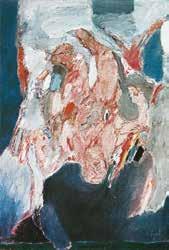

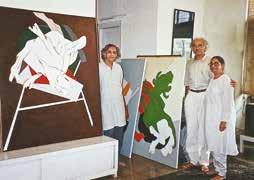
Moves to New Delhi, where he renews contact with Krishen Khanna, Ram Kumar, A. Ramachandran, E. Alkazi, among others. In the same year, he paints his first Falling Figure, exhibited at Lalit
Kala Akademi first International Triennale in 1968. He is awarded a
gold medal for it. Is awarded the John D. Rockefeller III Fund grant to study and work
in the U.S.A. for a year. His time there overlaps with Adi Davierwalla,
and he also becomes friends with Natvar Bhavsar. He travels there via
Europe, showing his works at London’s Commonwealth Art Gallery.
His encounter with minimalism during this time is a revelation.
1969
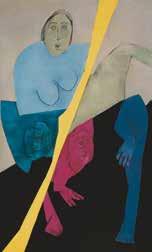
Begins the Diagonal series after accidentally coming upon it when, in
a moment of creative frustration, he flings a streak of paint across his
canvas. He starts using it in his compositions to better organise large
planes of colour.
1970

Trained as a film editor, Tyeb Mehta makes an experimental, sixteenminute
film, Koodal, which he shoots at the Bandra slaughterhouse.
It wins him the Filmfare Critics Award for the year.
1974
Visits Paris with sponsorship from the Indian Council for Cultural
Relations, and exhibits six of his works at Cagnes-Sur-Mer and
Menton Biennale, and wins a merit certificate.
Mehta’s father passes away, and he moves to Bombay to be with
his mother while Sakina continues to live in New Delhi with their
children.
1978-79
Makes his move to Bombay permanent, and soon after he suffers
from a severe bout of jaundice.
1983
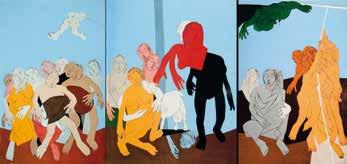
After a heart-attack, Tyeb Mehta spends two years at Santiniketan
as artist-in-residence, where he comes to greatly admire the works
of Somnath Hore. He strongly feels the presence of Kali, the figure
of which appears on his canvases later. Mehta also paints his well-known
Santiniketan triptych.
1985
‘Contemporary Indian Painters’, Festival of India in the U.S.A., at
Grey Art Gallery, New York, comprises seventy-five works from the
Chester Herwitz Family Collection. The chosen artists include Tyeb
Mehta, M. F. Husain, Bikash Bhattacharjee, S. H. Raza, Vinod Dave,
Gieve Patel, and Ranbir Kaleka.
1988
Is awarded the Kalidas Samman at Bharat Bhavan, Bhopal.
1991
Undergoes a heart bypass surgery in New Delhi.
1994
Participates in ‘Seven Indian Painters’, an exhibition at Gallery
Le Monde de l’Art in Paris. The show is curated by fellow artist
S. H. Raza.
1995

Times Bank in Bombay commissions Mehta to paint his triptych,
Celebration, which in 2002 sells for Rs 1.5 crore ($317,500) at a
Christie’s auction.
1997
Participates in ‘Fifty Years of Art in Bombay 1947-1997’, National
Gallery of Modern Art, Bombay.
1998
Participates in the group show ‘Tryst with Destiny: Art from Modern
India’ at Singapore Art Museum.
1999
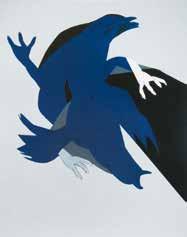
Makes his first Falling Bird painting.
2000
Participates in ‘A Global View: Indian Artists at Home in the World’,
a group show curated by Bernhard Steinbrucke for the Fine Arts
Resource in Bombay and Berlin. The exhibition is held at Jehangir
Art Gallery in Mumbai.
2004
Receives the gold medal at Lalit Kala Akademi’s golden jubilee
celebration in New Delhi.
Receives a ‘Manpatra’ from the state government, Maharashtra.
2005
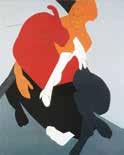
Receives the prestigious Dayawati Modi Foundation Award for Art,
Culture and Education in New Delhi.
1969
1970
1983
Mahishasura, 1997, sells at Christie’s New York for $1,580,000,
becoming the highest amount ever paid for a work of Indian
contemporary art till then.
2007
Receives the Padma Bhushan award from the Government of India.
2009
Passes away on July 2 at the age of eighty-four.
2018


In the first ever auction of Sotheby’s India, Durga Mahisasura Mardini
1994 fetches Rs. 20 crore; the same year, Kali, 1989 is sold at Rs 26.4
crore at Saffronart, setting a new world record for the artist.



